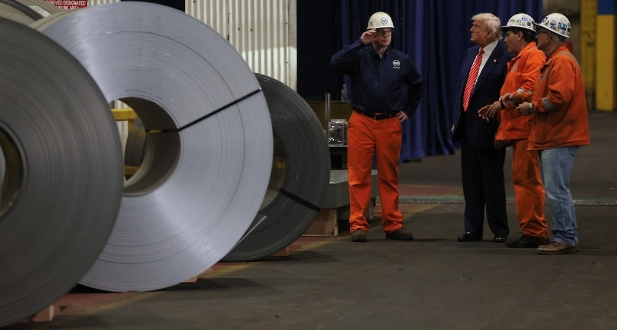
Item 1 of 3 U.S. President Donald Trump visits U.S. Steel Corporation–Irvin Works in West Mifflin, Pennsylvania, U.S., May 30, 2025.
As part of the agreement, Nippon Steel and U.S. Steel signed a national security arrangement with the U.S. government. This includes a provision allowing the U.S. President to appoint one independent board member and hold a non-economic golden share. White House spokesman Kush Desai described the deal as significant, noting that the golden share ensures protections for U.S. national and economic interests.
Eiji Hashimoto, Nippon Steel’s chairman and CEO, expressed gratitude for the government’s support, stating: “Nippon Steel is excited about opening a new chapter of U.S. Steel’s storied history.” The golden share grants the U.S. government veto power over key corporate decisions, such as closing plants, reducing production, relocating jobs overseas, moving U.S. Steel’s headquarters, or changing the company’s name.
The acquisition strengthens Nippon Steel’s position in the U.S. market, where demand for high-grade steel is rising. The deal includes an $11 billion investment in U.S. Steel through 2028, with $1 billion allocated for a new U.S. mill, set to expand by $3 billion later. Nippon Steel’s annual crude steel production capacity is now projected to reach 86 million tons, advancing its goal of 100 million tons globally.
Kim Ward, a Pennsylvania state senator, welcomed the deal, saying: “This marks a new era for domestic steel and reaffirms our position as a global leader in the industry.” However, the United Steelworkers union, which has opposed the acquisition, vowed to monitor Nippon Steel’s commitments, noting: “We will continue watching, holding Nippon Steel to its commitments.”
The deal faced significant challenges, including a national security review by the Committee on Foreign Investment in the U.S. In January, the previous U.S. administration temporarily halted the transaction, citing security concerns, which led to legal disputes. A new review began in April under the current administration, culminating in approval on Friday via an executive order.